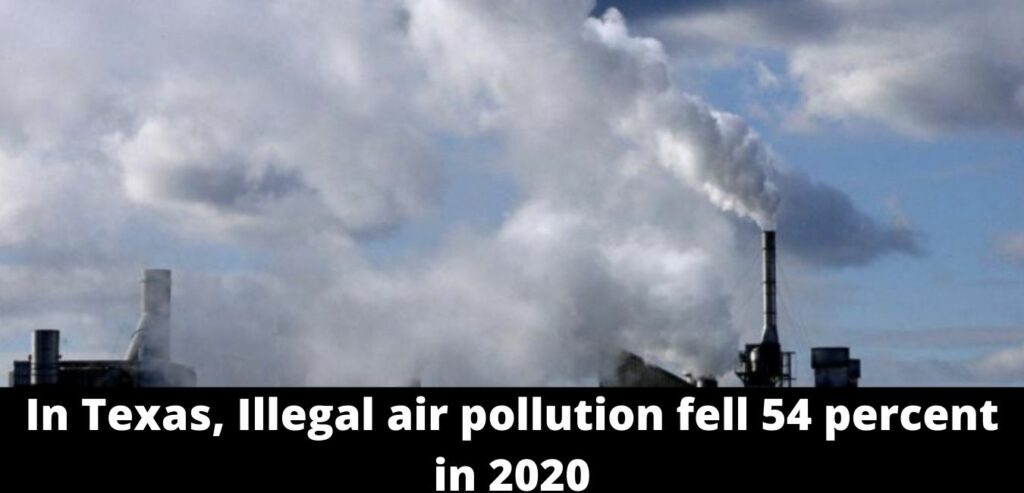The reality is there were many positive effects of the economic downturn which was the result of the COVID-19 pandemic.
According to a report by the Environmental Integrity Project and, the Environment Texas Research and Policy Center, one of many positive effects of the pandemic was a 54% decrease in illegal air pollution in Texas as compared to 2019. The data examined by the two articles show that 46 million pounds of illegal air pollution were discharged due to accidents of industries, closing, and other “destruction” events, compared to the 72 million pounds equalized yearly over the past five years.
Yet, authorities with the two factors assume the decline will be brief.
“I’m confident it will be a short-term ray of light,” Gabriel Clark-Leach, a lawyer with the Environmental Integrity Project, told the Reporter-Telegram in a telephone interview. He predicted rates would increase as economic activity rebounds.
Clark-Leach said, What will help is for state regulators to get more stringent as activity increases. The Texas Commission of Environmental Quality has made some changes to enforcement, but he remains skeptical unless emissions trend lower over a long period. “The proof is in the pudding.”
The TCEQ declined to respond to the report.
The report observed the Midland district revealed the biggest measure of unapproved outflows at 30.7 million pounds – almost multiple times the following most elevated area, Houston with 5.5 million pounds. Four of the main five polluters in the state’s information base of announced discharge episodes last year were in West Texas, driven by the Sand Hills Gas Plant in Crane County, which revealed delivering 2.3 million pounds of all-out toxins.
The report said, “The Big Spring Carbon Black Plant in Howard County was in the top 10 in particulate pollution while EnLink’s Lobo Gas Plant in Loving County and Targa Resources’ Wildcat Gas Plant in Winkler County were among the top-10 benzene polluters.”
Jill McMillan, vice president of strategic relations and public affairs, told the Reporter-Telegram by email, “Overall, we do not believe the report to be accurate and it is not a representation of EnLink’s Lobo plant performance today, We have proactively addressed prior thermal oxidizer repairs and added a secondary control to the plant, which has eliminated benzene releases from occurring at Lobo.”
Read More:- COVID-19 And Climate Change – World Leaders’ Focus On Their Return To UN
Neither Tokai Carbon, owner of the Big Spring Carbon Black Plant nor Targa Resources replied to requests for comment.
Clark-Leach said, “the Environmental Protection Agency is doing a good job monitoring the Permian Basin, performing flyovers seeking unlit flares and leaks, issuing stiffer fines, and requiring third-party audits.”
Eliminating illegal air pollution needs the participation of all stakeholders, from industry to regulators.
He said, “We need the industry to do its part and not wait for crippling fines.” he said. Improvements in one area can be used elsewhere.
“A lot of emergency situations could be avoided if companies planned better and plants were better maintained and better monitored,” he said.
Clark-Leach recognized that ‘upset’ occasions won’t ever be totally stayed away from – handling offices are convoluted and parts were done separately.
But, He said, to issue enforcement orders for less than 3 percent of illegal air pollution events over the last nine years “is not a good sign.”

